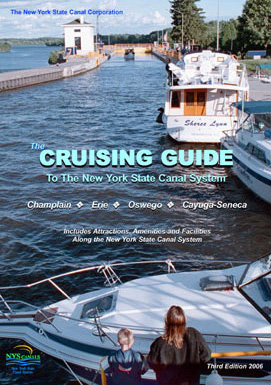In a well-planned trip, the actual run is the second time you will have done the trip. In a way, planning is indeed doing the trip for the first time, actually seeing the miles, rapids, portages, dams, lakes, campsites, and most other features for the first time. Another part that makes planning so much fun is that you are doing this part of the trip on the living room floor or dining room table in the depths of winter. As the maps, guides, charts, trip reports, and directories spread out over the table, the winter storms and doldrums slip away almost unnoticed. The best cure for cabin fever is planning a trip.
The first step in planning will be doing an internet search for the area you are visiting, and the first thing you will seek there is a guide. Waterway guides can be as simple as a tri-fold flyer, or as involved as that provided for the Northern Forest Canoe Trail, which runs 302 pages. Many also include an overview map of the whole route so you can get a general idea of whether you want to do the whole trip, or shorter segments. From these you can get an idea of what maps you may need and a list of suppliers where they may be obtained, the location of towns, main or alternate routes, historical or cultural points of interest, a schedule of area events or festivals, and so on. Once you get the guide and the maps for your trip, the fun begins.
To be successful in planning any trip, nothing beats the value of local knowledge, and the guide incorporates such information. The guide will usually come from the agency that regulates the waterway. Some may be the National Park Service, state parks, and the state department of natural resources. Some guides are also published commercially by states, like “A Paddler’s Guide to Missouri,“ or by individual authors like “Paddling Northern Wisconsin,“ by Mike Svob, which I reviewed earlier. A list of these may be found by searching sources like paddling.net or Amazon books. There may also be overlapping responsibilities where the river may be managed by the park service or department of natural resources, while the water and some sections may be under the authority of a private concern, like a utility company.
The guide will generally do most of the work for you. Once you obtain the guide, you will find it incorporates all that was offered on the overview map, but of course in much greater detail. Here the managing agency will include points along your route for nature preserves and parks, canoe and kayak launch sites, historic points of interest, cultural sites, museums, state parks and campgrounds, activities for kids, accommodations, locations for provisioning and watering, and some will provide contact information for outfitters. You will also want to know how to contact emergency services, and if the water is controlled by a utility company, where you can get information on when water will be released through a dam.
In addition to a printed guide, many guides or portions thereof may be found on the internet. For example, if you go to www.eriecanalway.org, the site for the Erie Canal, in addition to all of that above, they will provide the lat/long for every one of the 57 locks along its 524 mile route, as well as the lock number, mile post, and telephone number for the lock operator. They also suggest that if the family enjoys cycling, there are 365 miles of bike path that follows the canal using the old mule towpath, along which the animals walked while towing barges and canal boats.
The first information you will want out of the guide is what maps you will need and where you can get them. I’ll get into maps next.

No comments:
Post a Comment